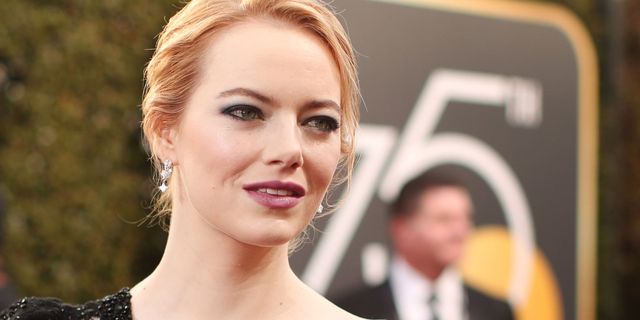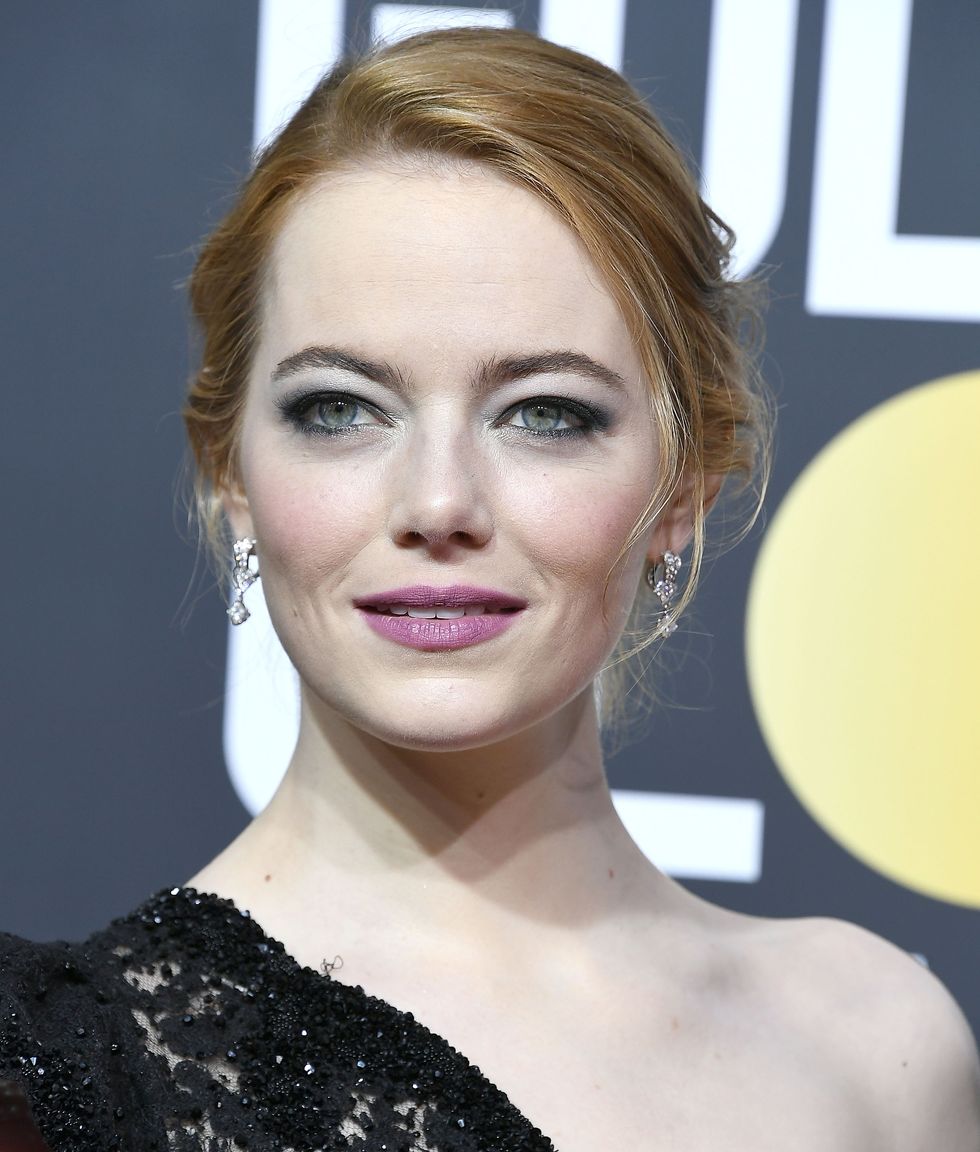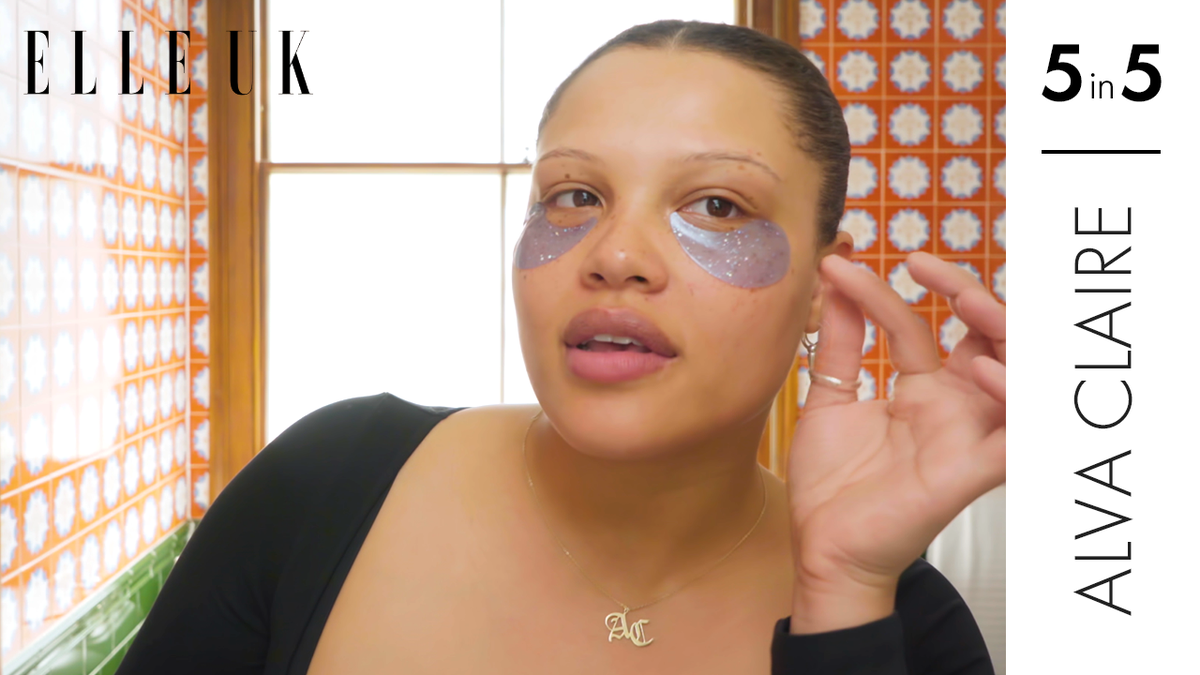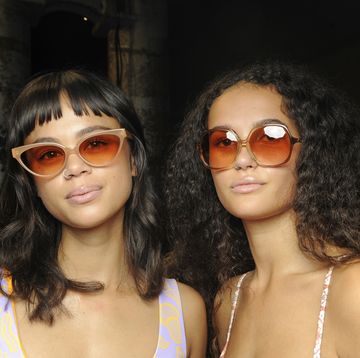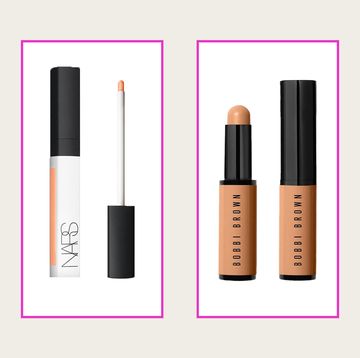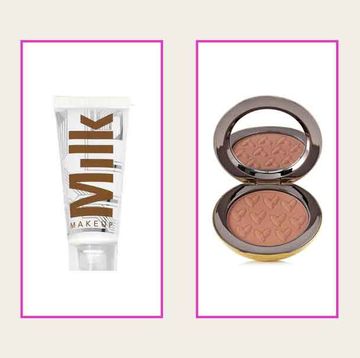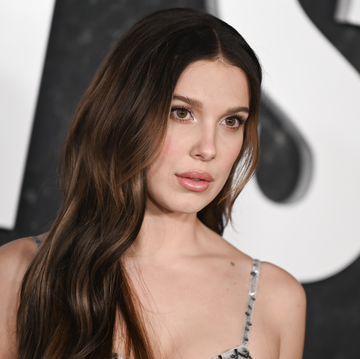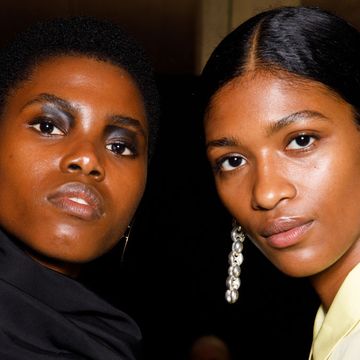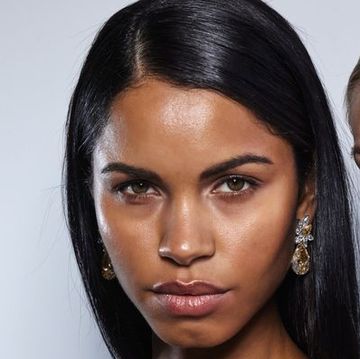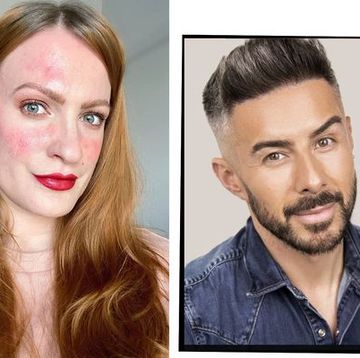Last night, women across the film and entertainment industry united in wearing a uniform of black on the red carpet in solidarity with victims of sexual harassment, assault and inequality and to champion the #TimesUp initiative.
To compliment their black wardrobes, several celebrities amped up the fashion stakes by pairing their gowns with emerald-hued jewellery (Zoe Kravitz), frosting their ears in diamonds (Jessica Biel), and sporting some seriously peroxide-blonde bobs (Emilia Clarke).
Undoubtedly, the beauty trend du jour was most certainly the statement lip, with several of our favourite celebrities sporting a red, pink or orange-hued shade on their pouts to bring a bit of colour to their all-black ensembles.
However, when it came to Emma Stone's 2018 beauty look, her choice of lip colour was more than just a nod to beauty, but also to the feminist cause.
Rachel Goodwin, a long-term make-up artist of Stone's, was reportedly inspired by the Time's Up movement when designing the look she was going to create for the the star's big night.
'Once I heard about the idea of women coming together and wearing black to the ceremony, and the message behind it, my friend Arianne [Phillips] designing the Time's Up pin and what the message is, I wanted the make-up to have a message as well,' Goodwin told People.
'I thought, red lipstick was a colour suffragettes wore, so I did more research and found that they also wore very specific, symbolic sashes, pins, petticoats and all these things in purple, emerald green and white when they were fighting for the right to vote,' she added.
If you look closely, you'll see that Stone had emerald green and white on her eyelids and violet on her lips.
The first well-known manifestation of red lipstick among suffragettes occurred in 1915 when over 25,000 women marched up Fifth Avenue in New York City to advocate for women's suffrage.
United, they wore the red hued lip as a symbol of defiance against the patriarchy, and later inspired the war effort during World War II to symbolise strength, according to PRI.
Bold beauty at its finest.
